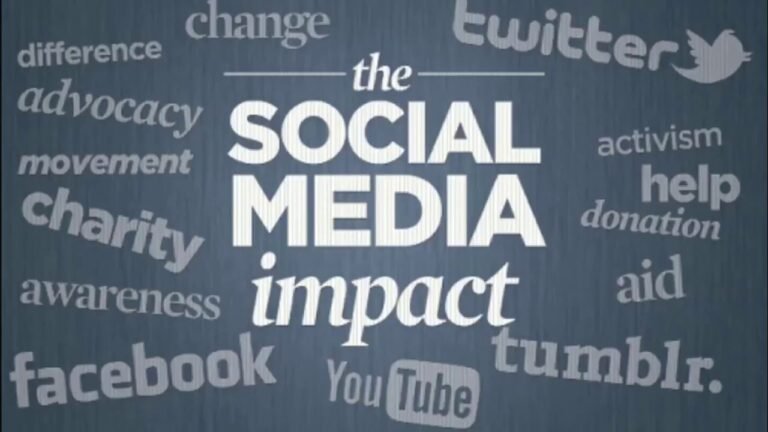Artificial Intelligence (AI) is changing the world around us, offering new solutions to complex problems. Its applications have the potential to bring about positive social impact in several areas. This blog explores how AI for social good is transforming sectors such as agriculture, information technology, and the Internet of Things (IoT), and how it is impacting students’ education.
AI for Social Good: Making a Difference
AI’s ability to solve social issues has been widely acknowledged. It can help address challenges like poverty, climate change, and inequality. Many AI projects are focused on creating a social good by improving healthcare, boosting sustainability, and increasing equality.
In the United States, AI-driven initiatives have improved urban planning, enhanced traffic management, and promoted energy efficiency. By analyzing vast datasets, AI can help detect disease outbreaks, predict natural disasters, and even make education more accessible. These efforts show how AI goes beyond convenience. It aims to improve the well-being of entire communities.
AI in Agriculture: Smarter, Greener Solutions
Agriculture is an essential industry in the U.S., and AI is revolutionizing how farmers operate. AI in agriculture boosts productivity, reduces waste, and helps combat climate change. With AI tools, farmers can monitor soil health, improve irrigation, and predict crop yields.
AI-powered drones and sensors detect diseases, pests, and nutrient deficiencies early. Machine learning also analyzes weather patterns, guiding farmers on the best planting and harvesting times. This AI for social good is particularly helpful in rural areas where resources can be limited. Small farmers can now work more efficiently and sustainably, promoting food security.
AI in Information Technology: Innovation and Accessibility
- AI in information technology is transforming business and daily life. In the U.S., AI plays a role in optimizing customer service, enhancing cybersecurity, and improving operational efficiency. But it also makes the digital world more accessible for everyone.
- AI tools like speech-to-text, smart home devices, and navigation apps assist people with disabilities. These innovations allow individuals to live more independently. Businesses use AI-powered chatbots to offer faster, more efficient customer service. In education, AI supports personalized learning by adapting to students’ needs. AI effects on students include tools that help those with learning challenges or special needs.
AI and IoT: Smarter Cities and Better Services
- The integration of AI and IoT (Internet of Things) is creating smarter, more connected environments. IoT refers to the network of devices—such as sensors and vehicles—that connect to the internet. When combined with AI, these devices become even more powerful.
- Across U.S. cities, AI and IoT work together to improve public services. Smart traffic systems adjust in real time to reduce congestion and emissions. AI also helps optimize energy use in smart homes and buildings. In healthcare, AI and IoT enable remote patient monitoring, improving care while reducing hospital visits. These technologies are not only making life more convenient but also contributing to sustainability and better health.
AI’s Impact on Students: Personalized Learning for All
- AI’s influence on education is profound. AI effects on students are visible through personalized learning systems. These platforms adjust to students’ individual needs, allowing them to progress at their own pace. This approach is more effective than traditional methods, which treat all students the same.
- For example, adaptive learning technologies analyze student performance and offer customized content. This approach helps students who struggle with traditional methods. AI for social good ensures that everyone, including those with disabilities, has access to education. Virtual tutors and online platforms offer additional support, especially in remote or underserved areas.
Conclusion: AI as a Catalyst for Change
AI is not just a tool for improving business or automation. It has the power to address some of the world’s most pressing issues. Whether in agriculture, information technology, IoT, or education, AI is driving social good across the U.S. and beyond.
As AI continues to evolve, its potential for positive social change grows. This technology is helping communities thrive, making essential services more accessible, and enhancing the lives of individuals everywhere. By focusing on AI’s ability to create a better future, we can build a world where technology not only advances industries but also supports social progress.
